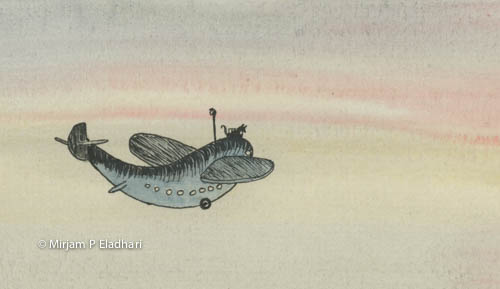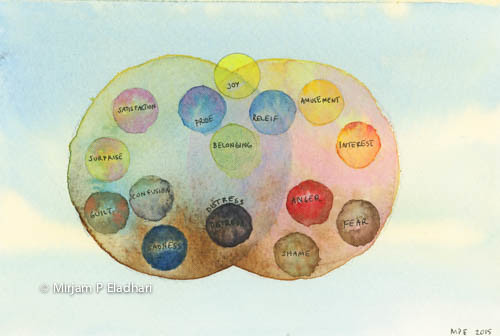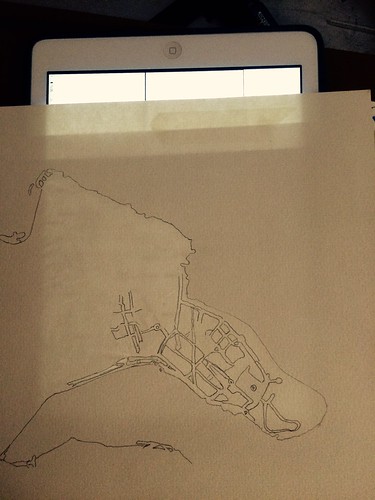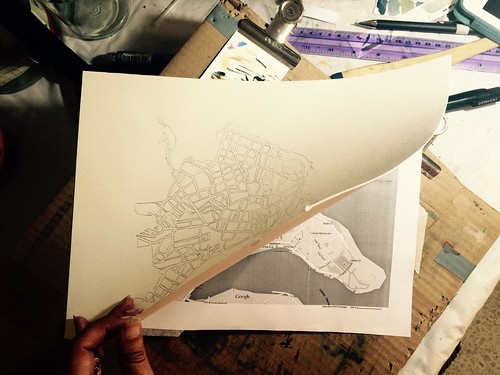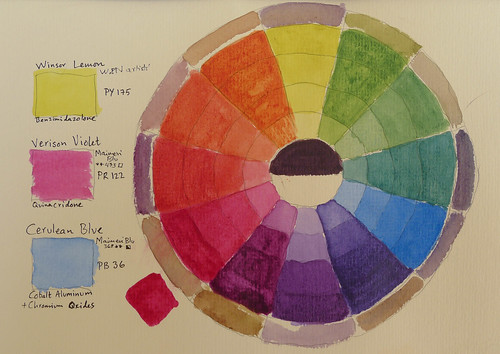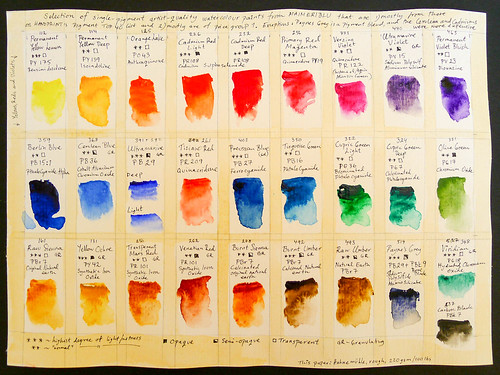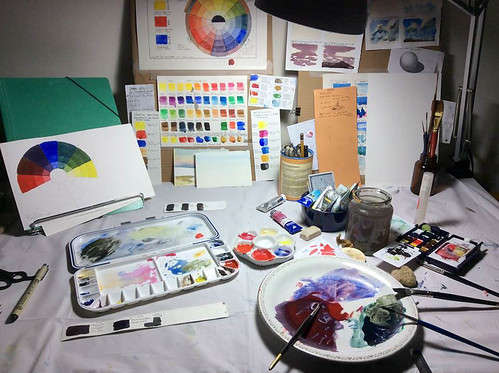The challenge of scanning watercolour paintings are to get the colours in the digital files as close as possible to those of the paper original. If they are true to the original it is possible to print copies of the painting on watercolour paper, a so called gilcee print.
Above are some scans. Especially the parts showing the background wash of raw sienna comes out cooler than the original. On the other hand, that might just be how it looks on my screen.

In order to get the best results it is probably best to send the painting to a printshop who both has professional quality scanners and gilcee printers. The printers are very expensive, and so are the scanners, but it is possible to find at least scanners that give quite good results. Many artists recommend the Epson scanners for water colour paintings.
I got the Epson Perfection 600V. Its not the priciest option, but probably good enough for me. It cost around 300 USD, while the next step up the ladder cost more than double that. It can scan up to an A4 - again getting one that can scan A3 size paintings would have been quite costly. I read on blogs that there are pretty decent stitching functionality in image editing softwares, so for larger paintings one can scan in parts.
The new scanner is a huge upgrade from the one I had before, a +10 year-old combined colour-ink printer that also had a scanner. Using that, i needed to make a lot of corrections in the colour calibration. I suppose the main use of it was that it made the paintings lay flat down, an improvement from taking a photo, where they always look somewhat crumpled not being held straight by frames.
Experimenting with settings on the Epson P 699, I got the (so far) best results by turning OFF all the different options in the software, just letting the scanner do its thing. The scans come out slightly cooler in colour than the originals, but perhaps I can work out better settings given some more time fiddling with it. Its also the matter of seeing the scan on a screen (a retina screen on a MacBook Pro in my case), not knowing how much the screen projection changes the colour.
Above are some scans. Especially the parts showing the background wash of raw sienna comes out cooler than the original. On the other hand, that might just be how it looks on my screen.
This is what the scanner looks like:

